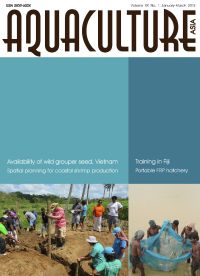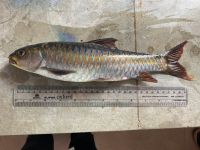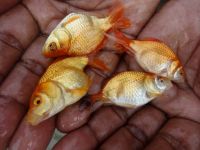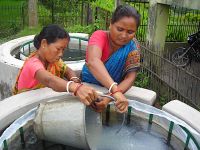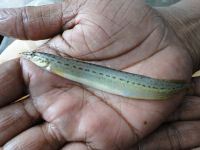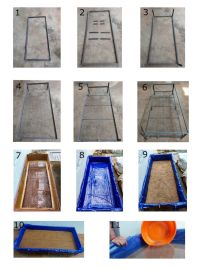Aquaculture Asia Magazine, January-March 2024
27 February 2024 | 24657 views | .pdf | 20.28 MB | Bangladesh, Freshwater finfish, Gender, Hatchery and nursery, India, Inland aquaculture, Livelihoods, gender and social issues, Ornamentals
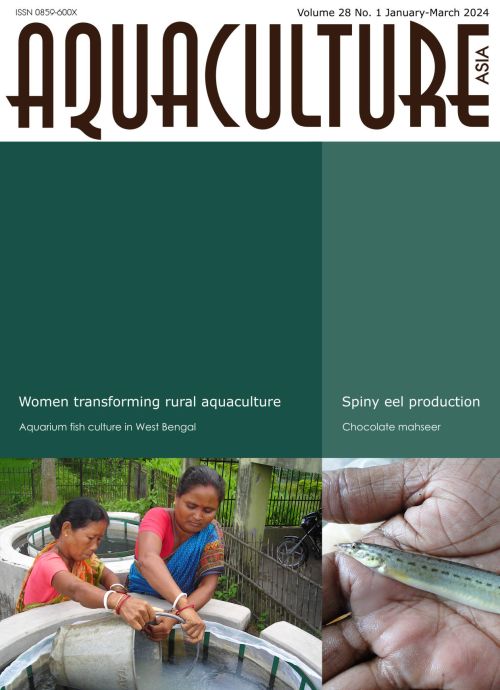
In this issue:
- Neolissochilus hexagonolepis (chocolate mahseer): A flagship species for diversification of hill aquaculture in Northeast India.
Chandan Debnath, Tasso Tayung and Sanjay Kumar Das - Aquarium fish culture in open village ponds in South 24 Parganas, West Bengal.
Subrato Ghosh - Women nurtured transformative aquaculture in rural Bengal.
Urna Banerjee and Pratap Mukhopadhyay - Breeding and seed production technology of striped spiny eel Macrognathus pancalus to benefit fish farmers.
D.N. Chattopadhyay, R.N. Mandal, A. Ghosh, P.P. Chakrabarti, S. Adhikari, B.N. Paul, F. Hoque, A. Das, and A. Hussan - Grow-out culture of the loach Lepidocephalichthys thermalis in modified tanks.
P. Velmurugan., J. Stephen Sampath Kumar and Somu Sundar Lingam - NACA Newsletter.
Creative Commons Attribution.
